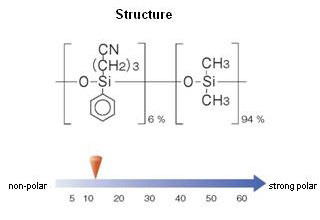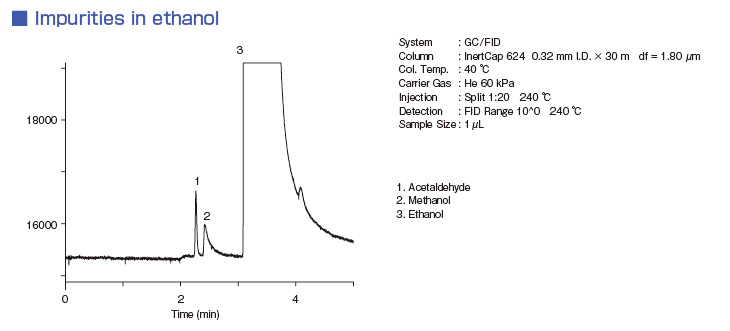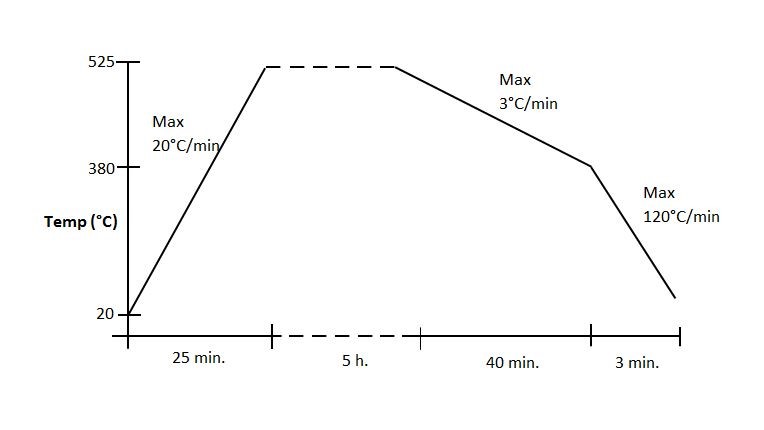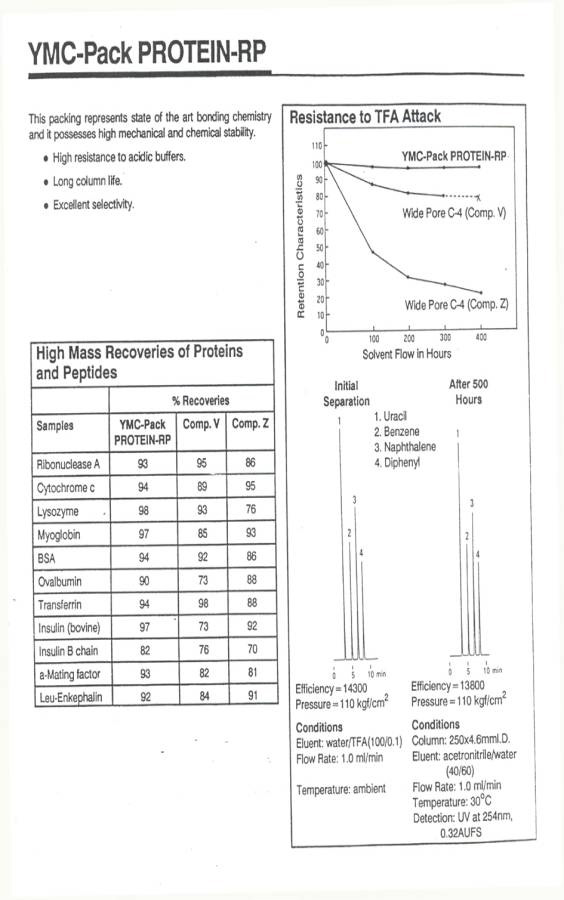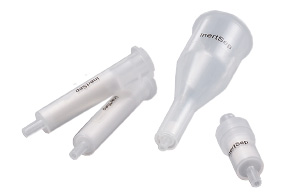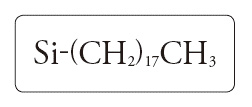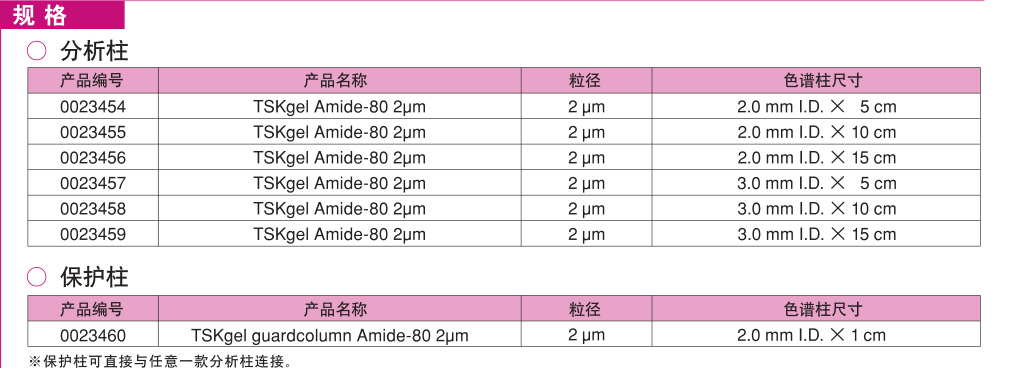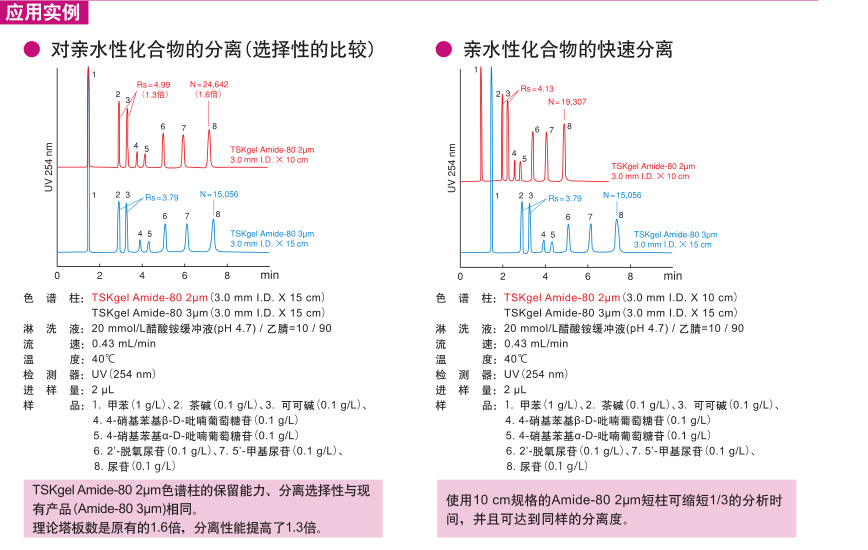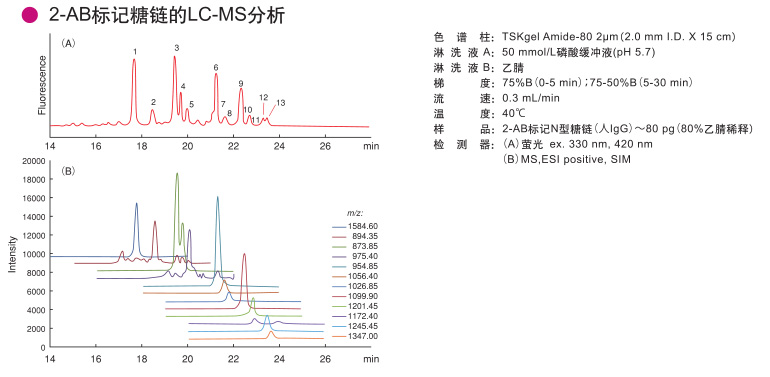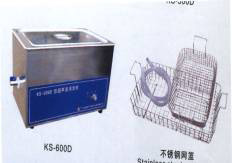- 蔗糖/D-葡萄糖检测试剂盒
-
英文名:Sucrose/D-Glucose Assay Kit
-
货号:K-SUCGL
-
规格:250 assays per kit
- Very competitive price (cost per test)
- All reagents stable for > 12 months after preparation
- Simple format
- Mega-Calc™ software tool is available from our website for hassle-free raw data processing
- Standard included
- Ensure that you have tested the standard sample that is supplied with the Megazyme test kit.
- Send the results of the kit standard, blank samples and the results obtained for your sample, in the relevant MegaCalc spreadsheet (if available) to Megazyme (cs@megazyme.com). Where available the relevant MegaCalc spreadsheet can be downloaded from where the product appears on the Megazyme website.
- State the kit lot number being used (this is found on the outside of the kit box).
- State which assay format was used (refer to the relevant page in the kit booklet if necessary).
- State exact details of any modifications to the standard procedure that is provided by Megazyme.
- State the sample type and describe the sample preparation steps if applicable.
市场价: 4000元
分析物意义: 常见食品组分
Megazyme检测试剂盒优点: 选择简单可用的方法,葡萄糖氧化酶/过氧化酶/己糖激酶/6-磷酸葡萄糖脱氢酶。试剂稳定
The Sucrose/D-Glucose test kit is suitable for the measurement and analysis of sucrose and D-glucose in fruit juice, beverages, honey and food products.
Colourimetric method for the determination of Sucrose and
D-Glucose in foodstuffs, beverages and other materials
Principle:
(glucose oxidase)
(1) D-Glucose + H2O + O2 → D-gluconate + H2O2
(peroxidase)
(2) 2H2O2 + p-hydroxybenzoic acid + 4-aminoantipyrine →
quinoneimine + 4H2O
(β-fructosidase)
(3) Sucrose + H2O → D-glucose + D-fructose
Kit size: 250 assays
Method: Spectrophotometric at 510 nm
Reaction time: ~ 30 min
Detection limit: 100 mg/L
Application examples:
Beer, fruit juices, soft drinks, coffee, milk, jam, honey, dietetic foods,
bread, bakery products, candies, chocolate, desserts, confectionery,
ice-cream, fruit and vegetables, condiments, tobacco, cosmetics,
pharmaceuticals, paper and other materials (e.g. biological cultures,
samples, etc.)
Method recognition:
Used and accepted in food analysis
Advantages
Q1. Should the pH of the sample be adjusted even for samples in acidic media?
The pH of the assay solution after the sample is added should be the same as that of the assay buffer that is supplied with the kit.
Low sample volumes (e.g. 0.1 mL) are not likely to affect the pH of the assay solution and therefore may not require pH adjustment.
Samples above 0.1 mL are more likely to affect the pH of the assay solution and therefore the pH of these samples should be adjusted as described in the data booklet, prior to addition to the assay.
Q2. There is an issue with the performance of the kit; the results are not as expected.
If you suspect that the Megazyme test kit is not performing as expected such that expected results are not obtained please do the following:
Q3. How can I work out how much sample to extract and what dilution of my sample should be used in the kit assay?
Where the amount of analyte in a liquid sample is unknown, it is recommended that a range of sample dilutions are prepared with the aim of obtaining an absorbance change in the assay that is within the linear range.
Where solid samples are analysed, the weight of sample per volume of water used for sample extraction/preparation can be altered to suit, as can the dilution of the extracted sample prior to the addition of the assay, as per liquid samples.
Q4. The pH of my sample is low (pH ~ 3.0), do I need to adjust this before I use the sample in the kit assay?
The final pH of the kit assay after the sample is added should not change from what it should be (as stated in the kit for the assay buffer). If it does change then the sample will require pH adjustment. In most cases the sample volume being used is low relative to the final assay volume and in this case the pH of the kit assay is unlikely to be affected.
Q5. Can you explain, step by step, how to follow the method and perform the kit assay?
For users who are not familiar with how to use the Megazyme tests kits then it is recommended that they follow this example, e.g. D-Fructose/D-Glucose Assay kit K-FRUGL (http://secure.megazyme.com/D-Fructose-D-Glucose-Assay-Kit):
1. The kit components are listed on pages 2-3 of the kit booklet.
2. Prepare the kit reagents as described on page 3.
3. For separate measurements of glucose and fructose follow procedure A on page 4.
4. Pipette the volumes listed for water, sample, solution 1 and solution 2 into 3 mL, 1 cm pathlength cuvettes. Duplicate sample assays and duplicate blanks are recommended. Mix the contents of each cuvette by inversion (seal the cuvette using parafilm or a plastic cuvette cap – do not use a finger) then after ~3 min record the first absorbance reading of each cuvette at 340 nm (this is reading A1).
5. Then add suspension 3 and mix the contents of each cuvette by inversion. Incubate for 5 minutes then record the absorbance reading of each cuvette at 340 nm (this is reading A2). NB. It is essential that the reaction is compete. To assess this, record the absorbances at ~ 2 minute intervals and until the absorbance plateaus. A stable absorbance indicates that the reaction is complete. If the absorbance continues to increase then continue to record absorbances until it plateaus and only then record absorbance reading A2.
6. Then add suspension 4 and mix the contents of each cuvette by inversion. Incubate for 5 minutes then take absorbance reading of each cuvette at 340 nm (this is reading A3). NB. As above, assess that the reaction has completed by take subsequent readings at ~2 min intervals.
7. For simple, automated results analysis, input the absorbance readings (A1, A2, A3) for samples and blanks into the K-FRUGL MegaCalc.
To ensure that the assay is working, and being performed correctly it is recommend that the test is performed using the standard sample that is provided with the kit and to obtain the expected values before proceeding to test real samples.
It is recommend that new users also watch this video which highlights how to perform the assays.
Many of the other Megazyme test kits follow a similar format.

